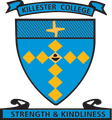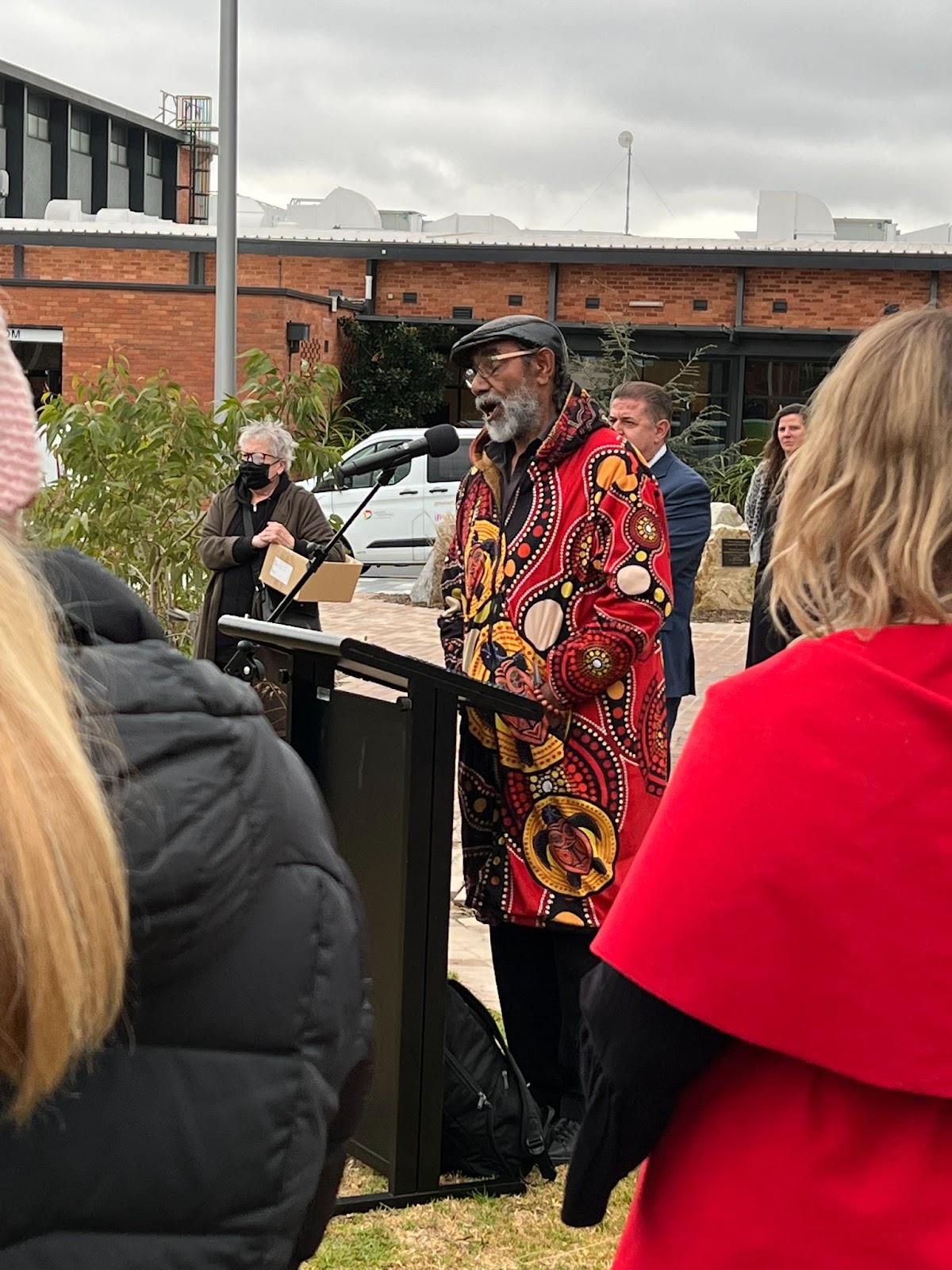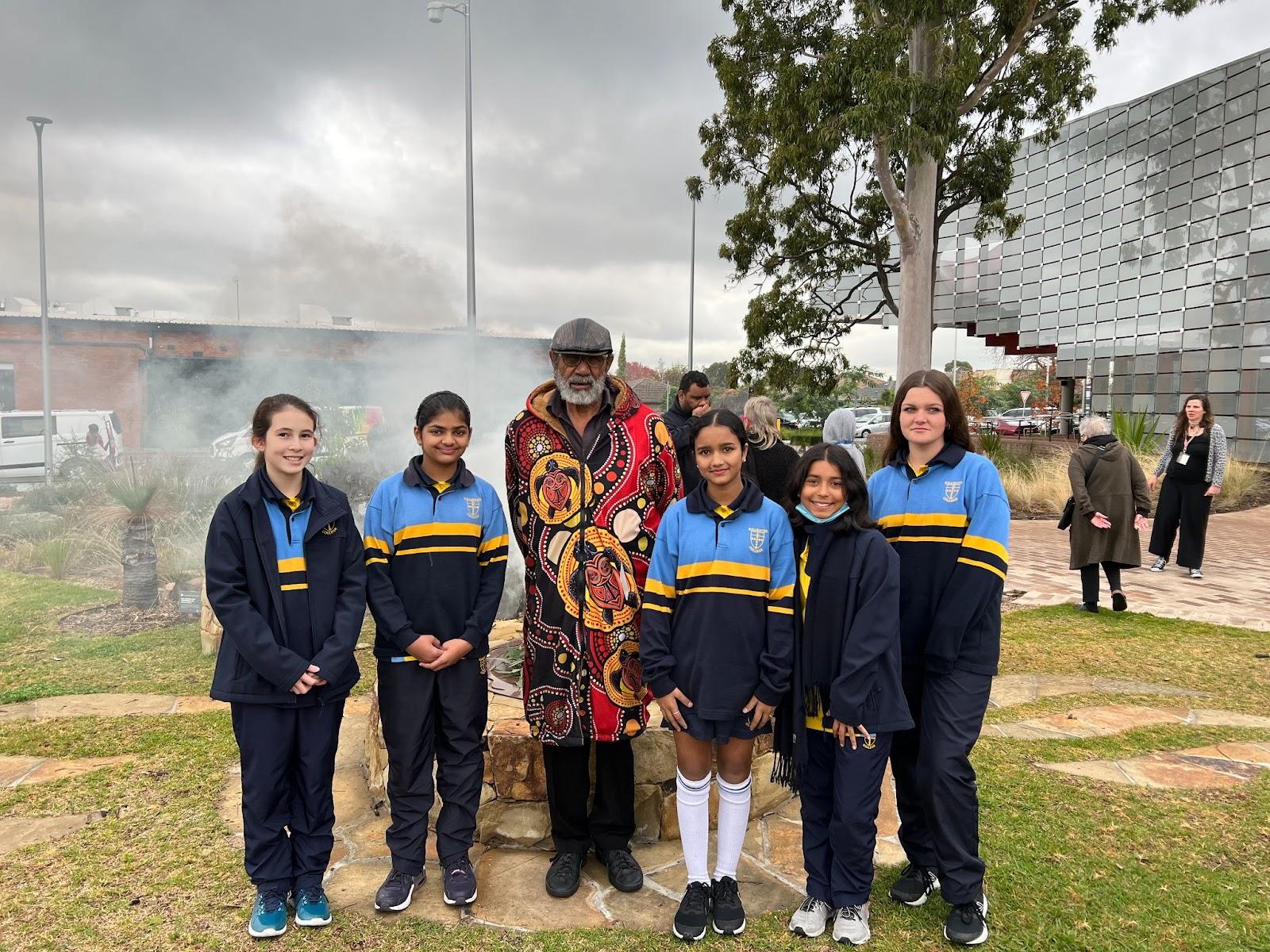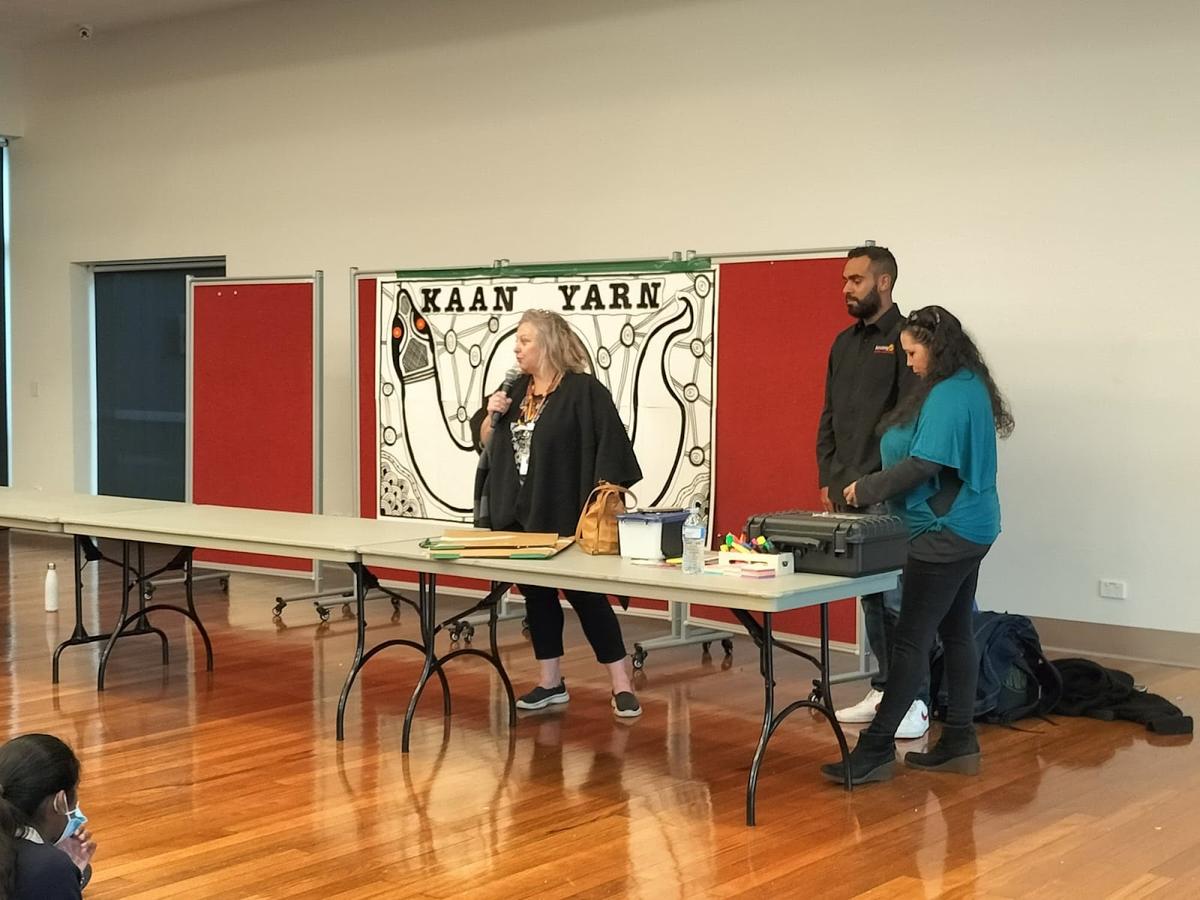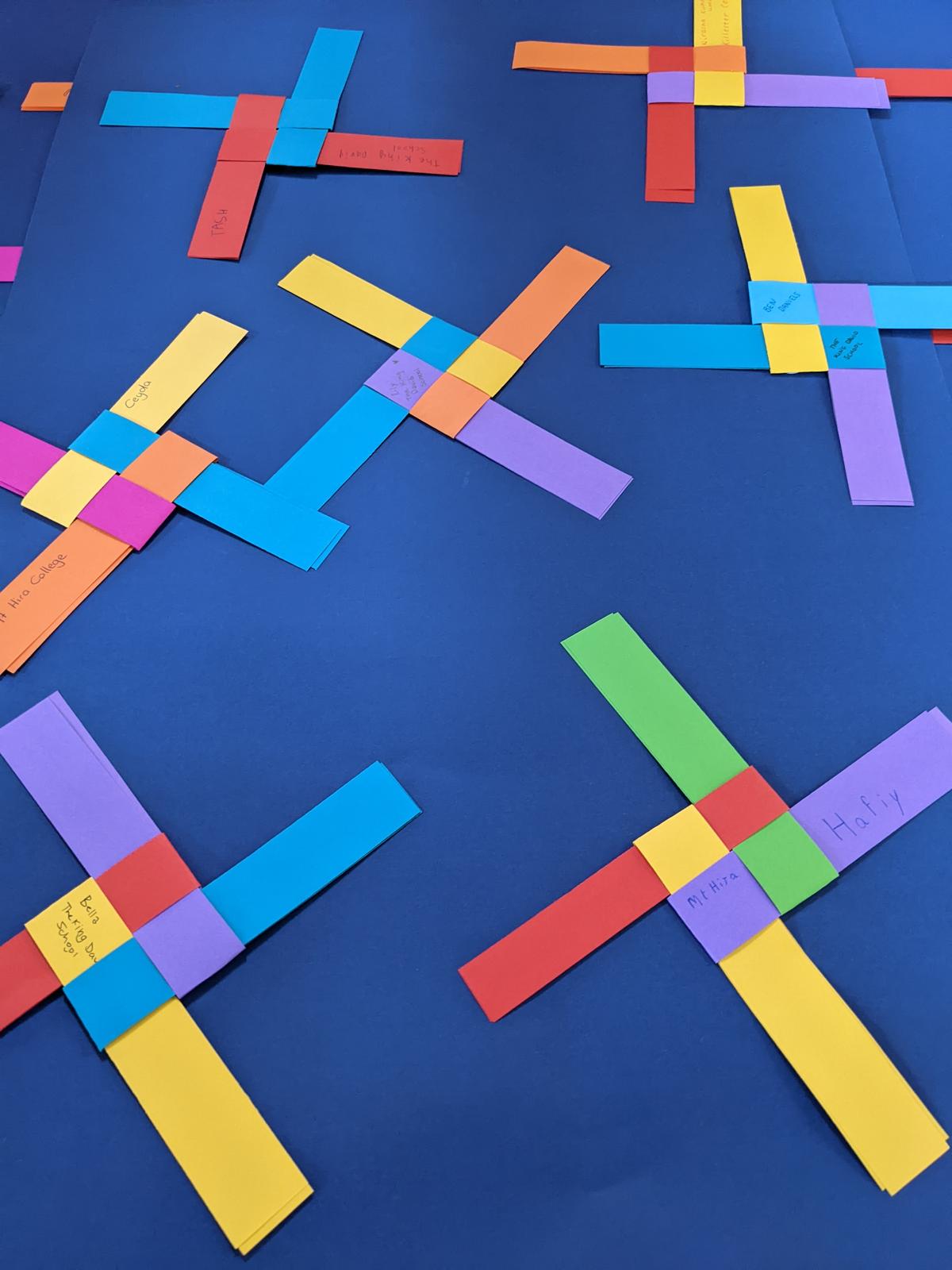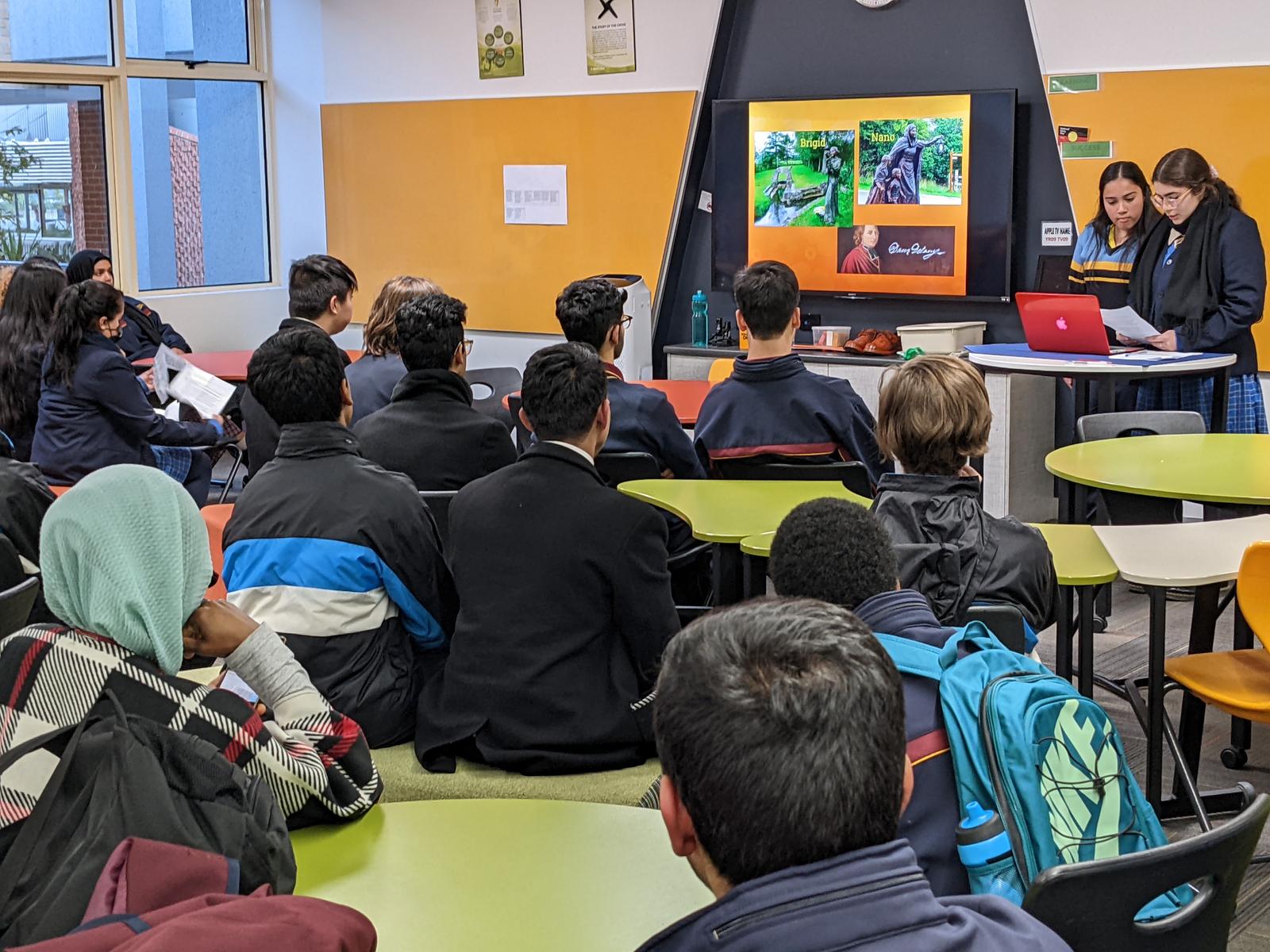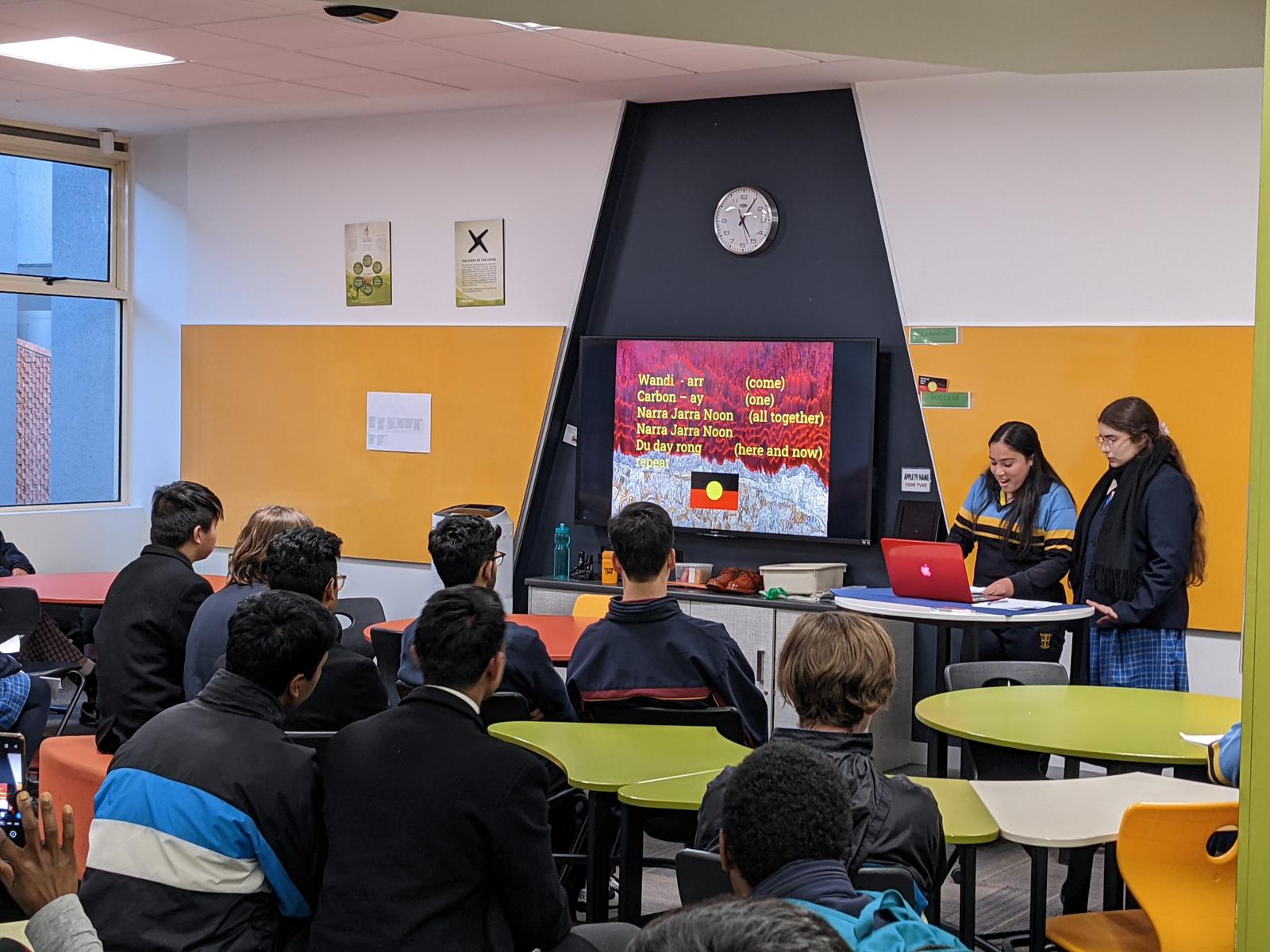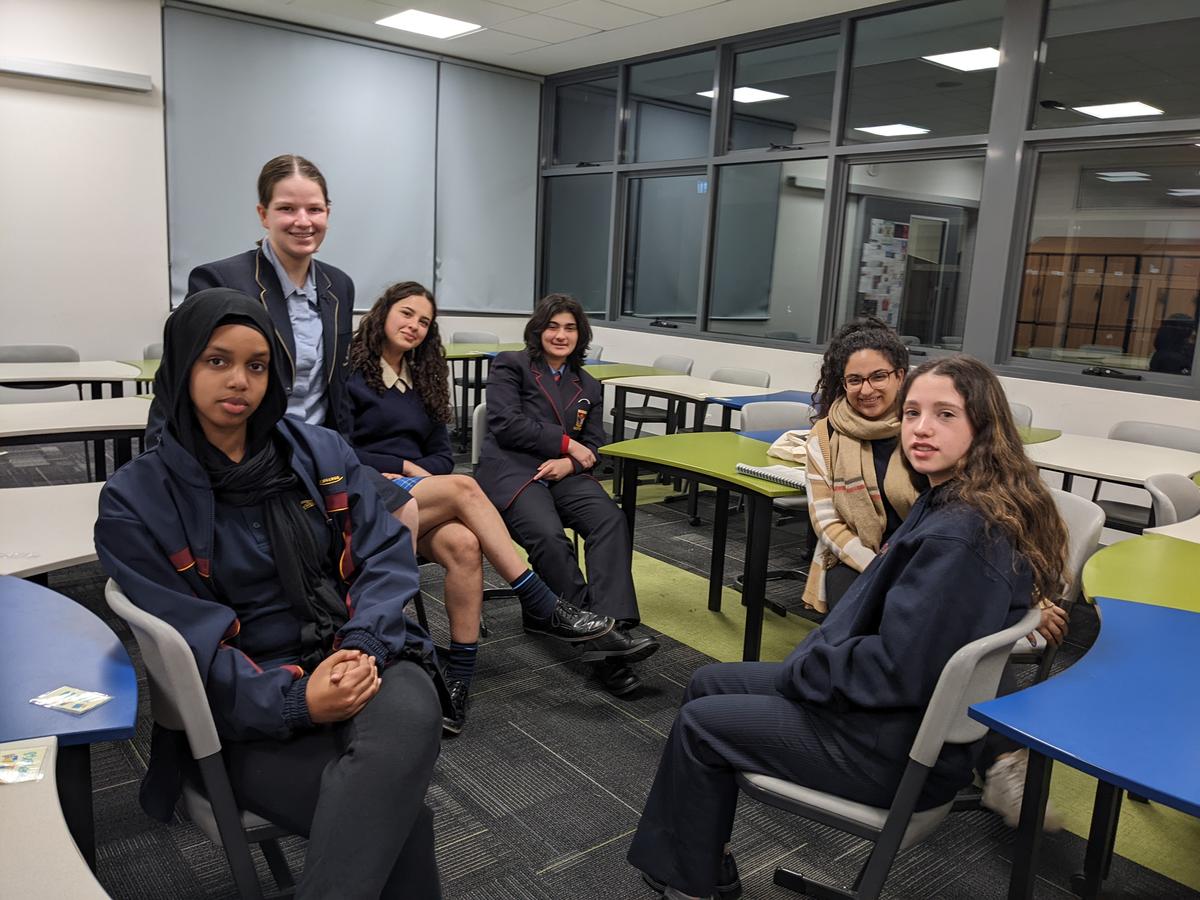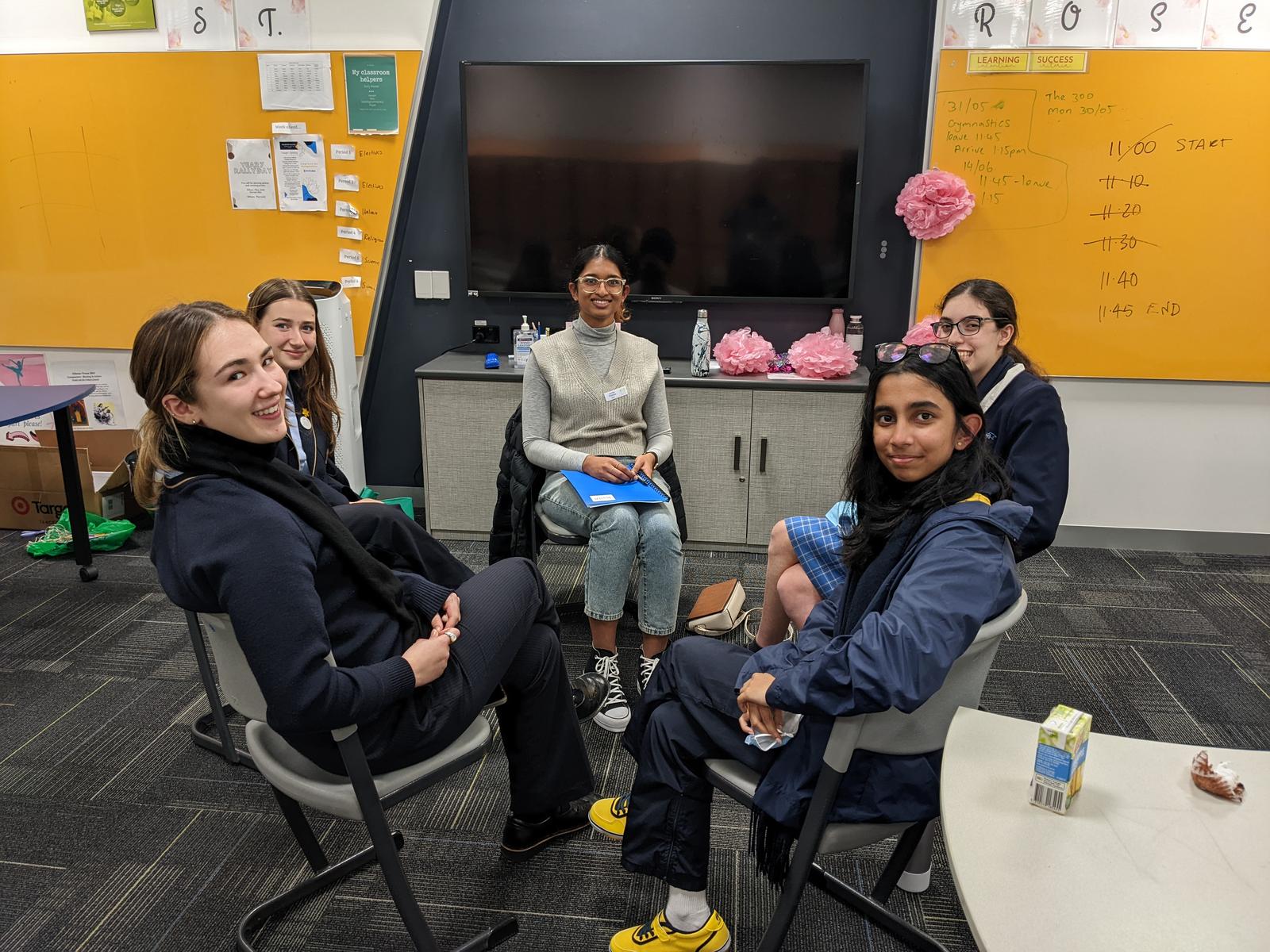Faith and Mission
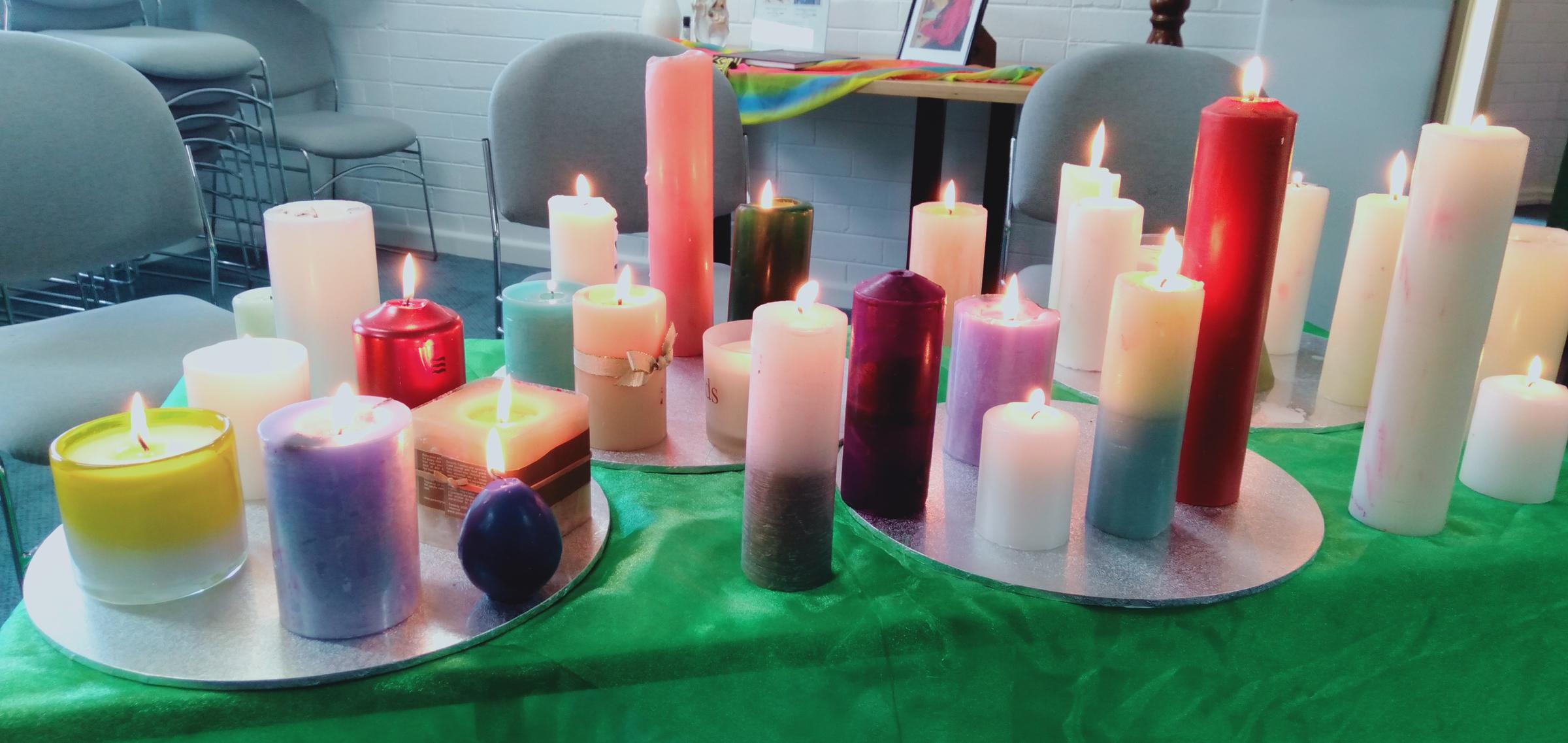
RECONCILIATION WEEK
Year 9 Humanities students have been examining both the short and long term impact of European settlement on First Nations populations since 1788. In an assessment task students were asked to answer this question: How have First Nations people been affected by the arrival of European settlers?
In 30 minutes and under test conditions, Lorraine Nguyen (St Barbara) completed this response:
Colonisation has greatly affected the Indigenous communities here in Australia. It has broken up families, caused widespread disease and degraded their spiritual connections to the land, leaving many alienated from their own culture.
When the British first arrived in Australia, the indigenous were curious and excited about them. They had yet to realise that the British settlers would bring new diseases and would wipe out the majority of them. Measles, tuberculosis, influenza and small pox were all diseases that spread like wildfire in the indigenous population. Captain Phillip reported that over half of the indigenous population had succumbed to small pox. Not only were the illnesses passed, there were also sexually transmitted ones. Many British would kidnap and rape indigenous women, leading to most of these women to contract such infections. These were one of the leading causes of the reduction in the indigenous population. As the indigenous didn’t have access to cures or the proper immune system to fight these diseases.
Those were only the short term impacts, with the long term impacts very much prevalent in today’s society. Alienation is the largest impact of all, as many still do not connect to their cultures. They are left lost and wandering around. Many have lost contact to tier tribes and families because of the destruction to their traditions. From 1788 to 1990, over 90% of the indigenous population was reduced, leaving 10% to continue their family traditions and family histories. This also includes the ‘Lost Generation’ who may not ever know about their biological families as that had been taken from them. The introduction of alcohol also plays a part in this as most Australians who have been arrested for illegal use of alcohol have been indigenous.
The colonisation of Australia has impacted both the past and the present First Nations people. It has degraded the indigenous population and their traditions, causing both the short and long term issues we still see in Australia today.
REFLECTION
Reconciliation week began on Friday 27th of May and the Year 7 students participated in a smoking ceremony hosted by the Bunurong Land Council and the City of Greater Dandenong.
At the Springvale Hub, the ceremony was opened with a welcome by Bunurong Elder Uncle Mik Edwards who was delighted to see the eager Year 7 students marking the occasion. He talked in his speech about caring for the country and the power that each of us had to “Be Brave, Make Change” which is the theme of Reconciliation Week 2022.
Eric Edwards taught the students about the didgeridoo, which we learnt is the word for the sound the instrument makes. He explained how termites help to create the instrument. Erin then played the yidaki and explained the type of breathing he had to do while playing it.
Students were invited to walk through the smoke created by three different types of vegetation. It is believed to promote wellbeing and ward off bad spirits.
City of Greater Dandenong Mayor, Jim Memeti, spoke during the ceremony about the history of Reconciliation week. The first day, May 27th commemorates the successful 1967 referendum that changed the constitution to extend voting rights to First Nations Peoples. Reconciliation week ends on June 3rd which in 1992 was the day that the High Court ruled that ‘native title’ did exist and the people of Mer Island in the Torres Strait could decide who owned the land.
The students then got to contribute to a Kaan Yarn mural along with all the other participating schools.
In Humanities this term the Year 7s have been learning all about the culture and practices of Australia’s First Nations people and it was a very special opportunity for students to participate in a ceremony and hear from the traditional custodians of the land on which Killester is located, the Bunurong people.
Thank you to the Bunurong Land Council and the City of Greater Dandenong for hosting the event and inviting our Year 7 students to participate.
Claire Cook
Year 7 Humanities teacher
BUILDING BRIDGES
Last week Killester hosted Building Bridges, an interfaith dialogue between schools. King David, a Jewish School in Armadale, Mt Hira, an Islamic School from Keysborough, Nazareth (Noble Park North) Mazenod (Mulgrave) and Killester (Catholic Schools) were involved. About eighty students attended and were given a wonderful presentation about Killester and our history. We shared our Brigidine story of the Cross and each student was invited to make one and write their name and school on it. This was then placed on a banner as a symbol of our solidarity. This was followed by a tour of the school and our students were magnificent hosts and guides.
Dinner followed and students and staff shared pizza, primas, cupcakes and conversation. The second part of the evening had students split into groups with facilitators leading discussions.
I must thank our wonderful students for their preparation, hosting and hospitality as well as Ms Luecke who helped run the evening. This was our fourth meeting with two to go and students are finding this to be great occasion for shared stories and understanding of each others faiths.
Thank you to year nine and the Wonder Team for promoting the Vinnies donations and the Solidarity Mass. It really shows us putting Gospel values into practice. Next newsletter I will have more news on your generosity and images from our mass.
Peter O’Neill
Assistant Principal - Faith and Missio
n
